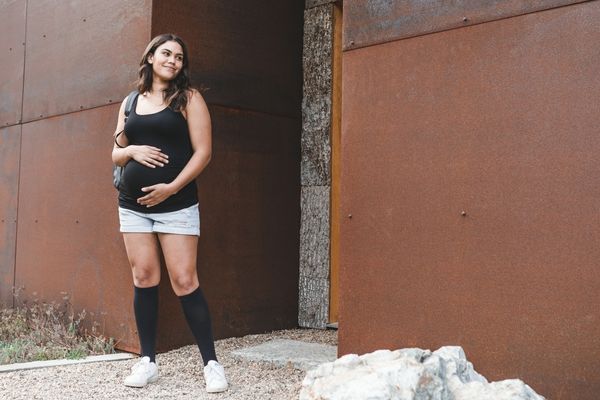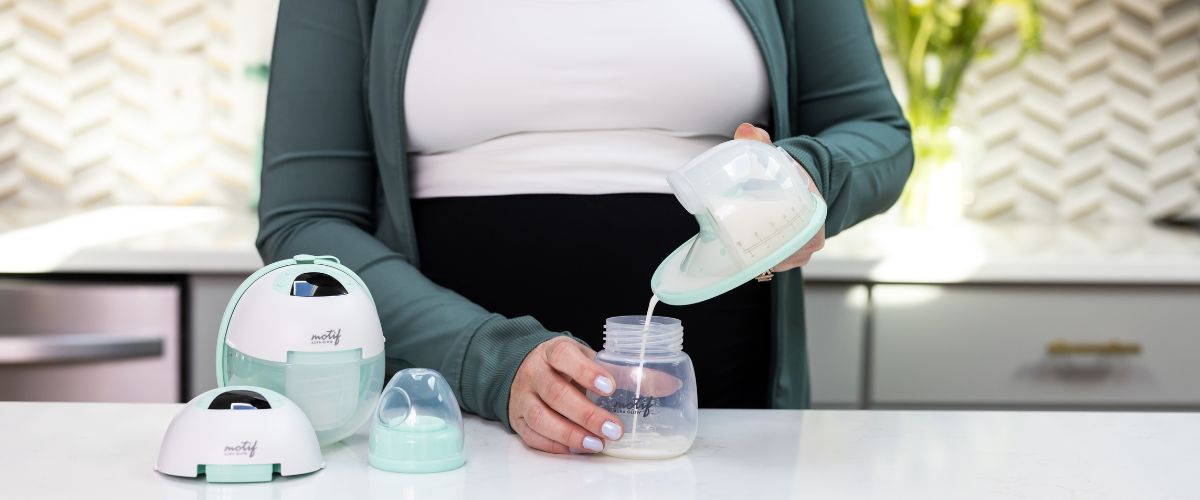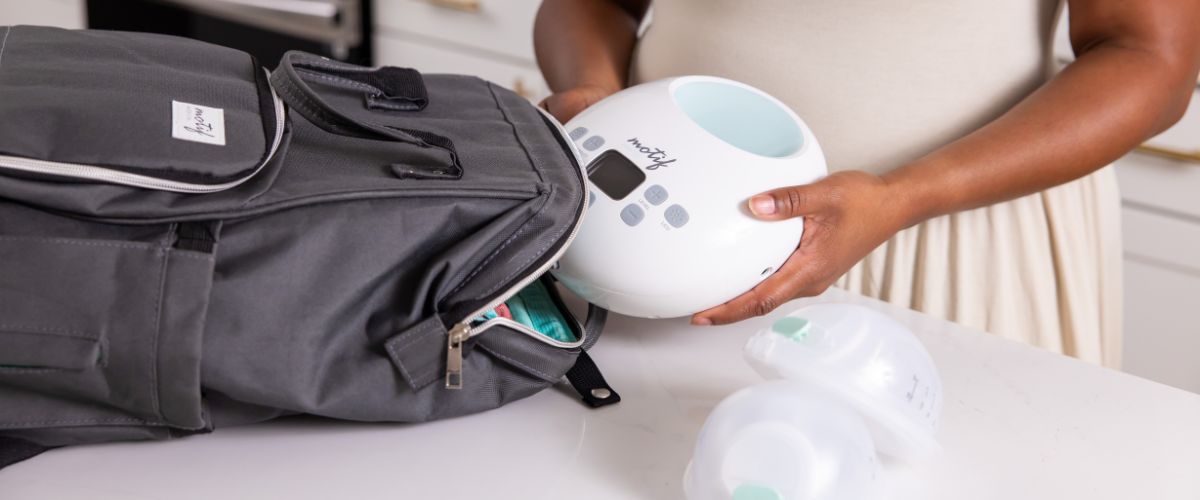Almost every pregnant person has one question: “How will I know the difference between Braxton Hicks contractions and real labor contractions?” It’s normal to start feeling your uterus tighten with irregular Braxton Hicks contractions in the second trimester, often around 16 weeks of pregnancy. These practice contractions help strengthen the uterine muscle as it grows and helps your body get ready for birth. By the time the third trimester rolls around and you’re getting closer to your due date, most people are feeling Braxton Hicks contractions off and on throughout the day, which is a good thing! How your uterine muscle gets strong enough for real labor contractions will bring cervical change and help you give birth.
How Can You Tell the Difference?
If you’re having more regular surges, is there a way for pregnant women to know if they are Braxton Hicks or real contractions? Usually, yes! Pay attention to the following characteristics to help you decide if it’s just practice contractions or the real thing:
Regularity
Labor contractions come at regular intervals. Whether they’re 10 minutes or 4 minutes apart, you can often set your watch by them. Labor contractions tend to get closer together over time, so they may start at 10 minutes apart and, an hour later, 8 minutes apart. Still, they typically have a predictable, regular pattern. Braxton Hicks contractions stay the same (meaning they don’t get any closer together), OR they are all over the place with no predictability—some will be 10 minutes apart, some 4 minutes, and some 20 minutes apart.
Where You Feel Them
Braxton Hicks contractions are known for starting lower in the abdomen and building up to the top of the uterus. Many people say Braxton Hicks contractions feel like someone took their breath away. Labor contractions are the opposite; they start at the top and work their way down toward the cervix and often have a menstrual cramp feeling or a lower back ache that accompanies them.
Improve/Go Away With Movement
Braxton Hicks usually stop when you change positions—whether you go from sitting down to standing up or walking to resting doesn’t matter because Braxton Hicks decrease when you change what you’re doing. So one great way to test if you’re having Braxton Hicks is to drink a glass of water and lie down. Pregnant people do not uncommonly start having Braxton Hicks when dehydrated or active, so the “water and rest test” is an excellent protocol to see what’s happening.
Changes
The best question to ask yourself if you think you might be in labor is: “Are these contractions getting longer, stronger, or closer together?” If the answer is yes, then you’re probably in labor! This is because true labor contractions change in intensity, length (usually lasting 20 to 30 seconds each and eventually lasting 90 seconds or more), and spacing. These changes are what help your body move through the stages of labor. However, since the point of Braxton Hicks contractions is only to build the uterine muscle and not to birth a baby, those contractions tend to stay the same for however long they last.
Cervical Change
Of course, the real judge of what kind of contractions you’re having is whether or not they are causing cervical change with dilation and effacement. No matter how regular or strong contractions become, they aren’t considered real labor contractions until they start softening and dilating your cervix.
Prodromal Labor
It would be remiss to talk about different contractions and not discuss prodromal labor contractions or false labor. Prodromal labor feels just like labor—the contractions are strong and regular. They require concentration and comfort measures for you to manage them. But they don’t change your cervix. Prodromal labor can be frustrating, especially if it happens more than once. However, I’ve found that prodromal labor is often your body’s way of helping your baby get in a better position for birth. Doing The Miles Circuit (1) can help the baby move to a more optimal spot and stop the prodromal labor pains.


It also must be said that it’s not uncommon not to feel any Braxton Hicks contractions! That doesn’t mean you’re not having any—you probably are. You just aren’t noticing them. I can’t even count the number of times I’ve felt a client’s abdomen to determine baby’s position and tell them I can’t feel baby because they’re having a Braxton Hicks contraction. So many times, they looked at me in surprise because they had never noticed what was happening! Sometimes they even say, “That’s what that is? Oh, that happens all the time!”
- http://www.milescircuit.com
So How Will You Know When It’s the Real Thing?
Some women experience multiple clues that labor is starting, like blood show or losing their mucus plug; they might have their water break or other signs of labor that happen every time for them. If it’s your first pregnancy, you don’t know how your body usually gets labor started, so you’ll want to watch your uterine contractions for the above-mentioned characteristics. Contact your healthcare provider or ob-gyn immediately if you’re having any vaginal bleeding or notice reduced fetal movements in the third trimester of pregnancy.
Information provided in blogs should not be used as a substitute for medical care or consultation.







